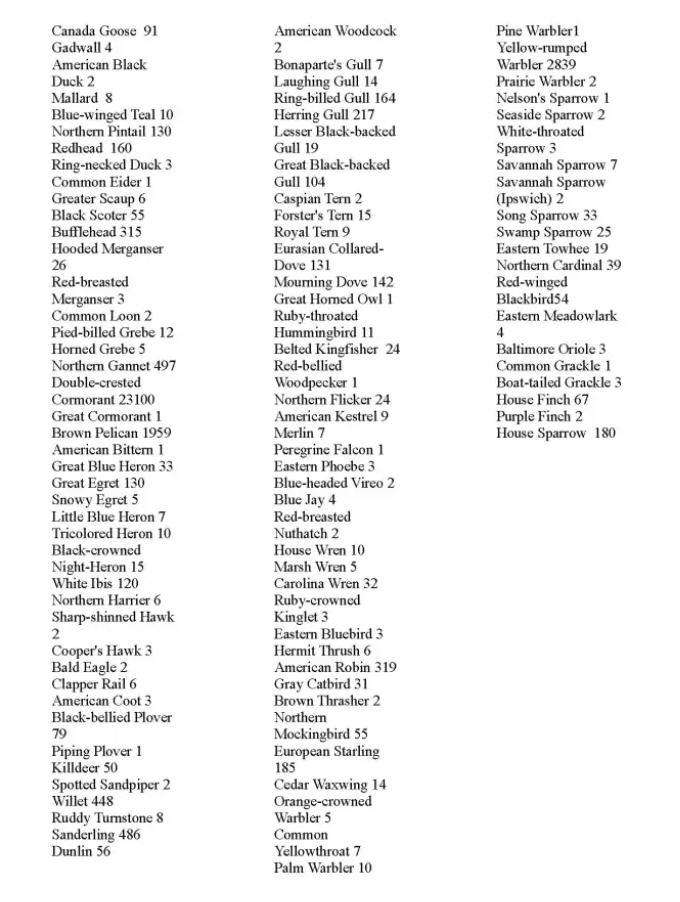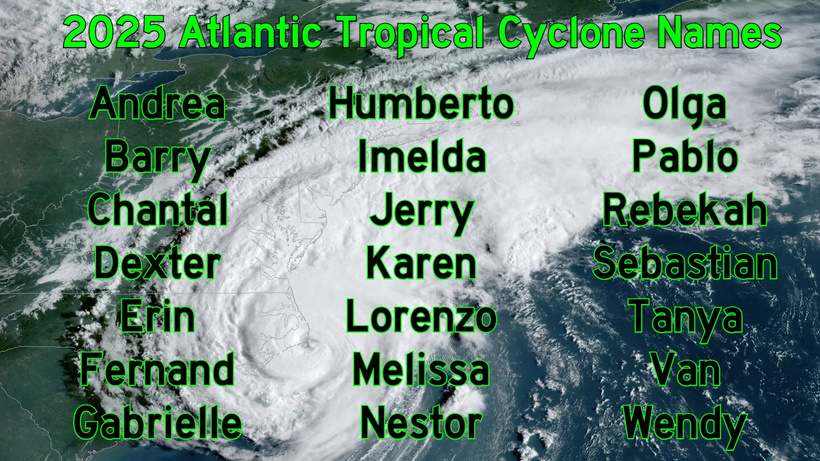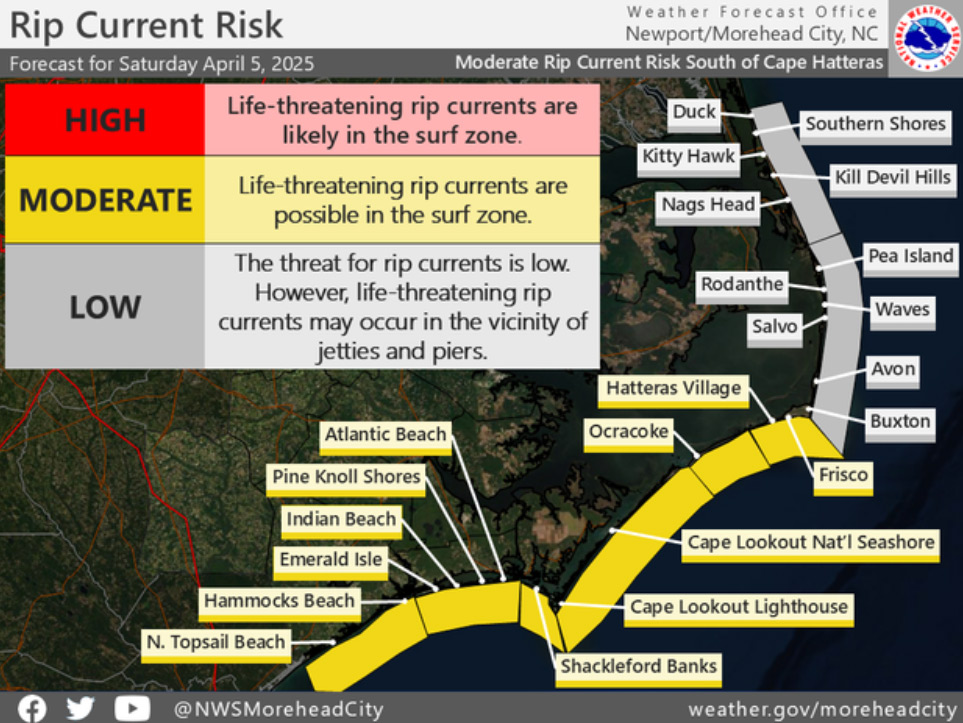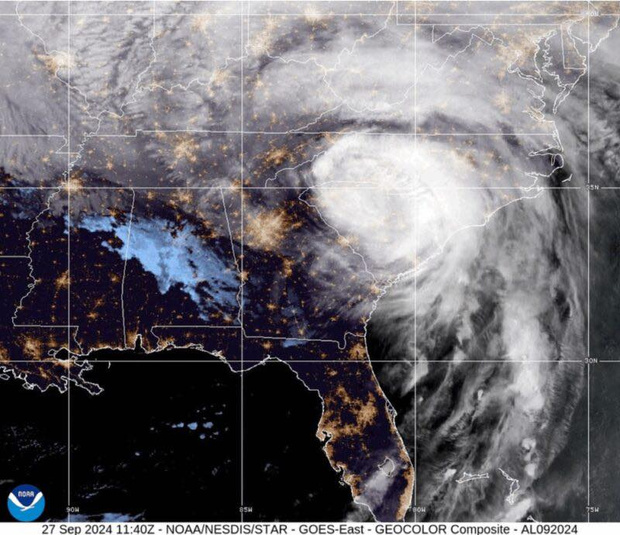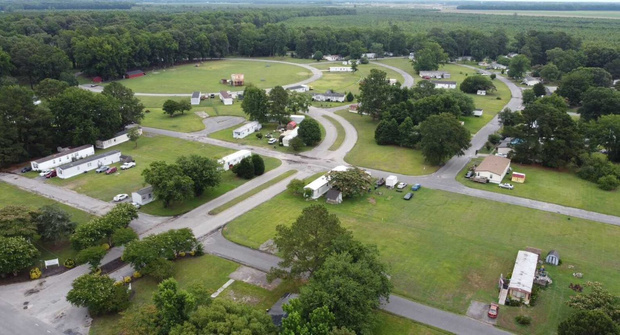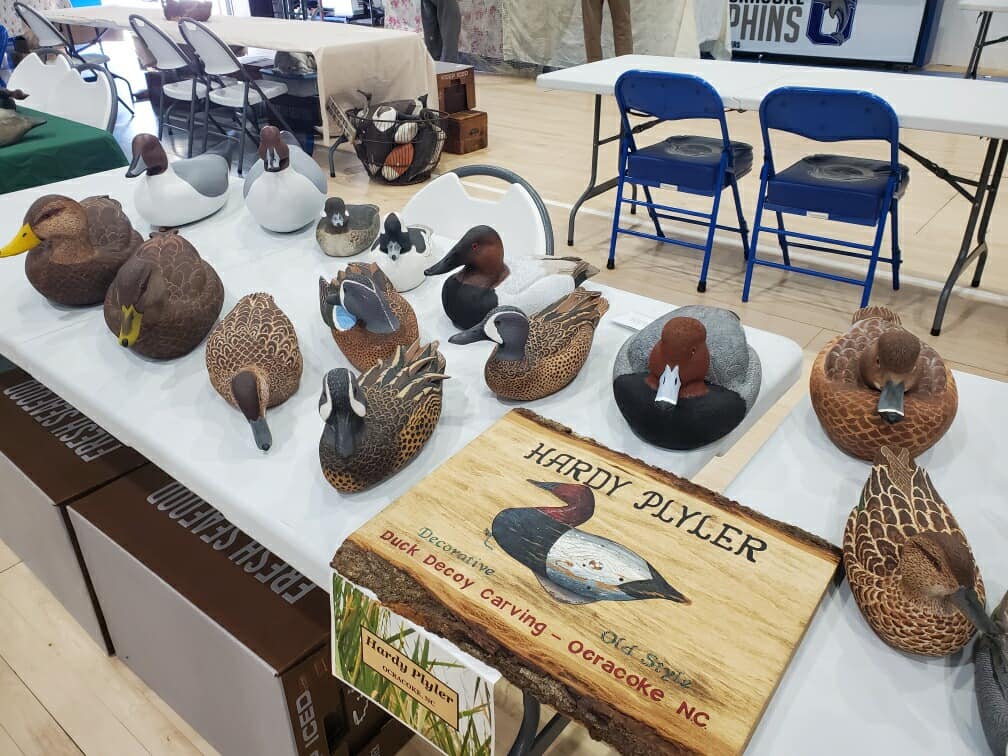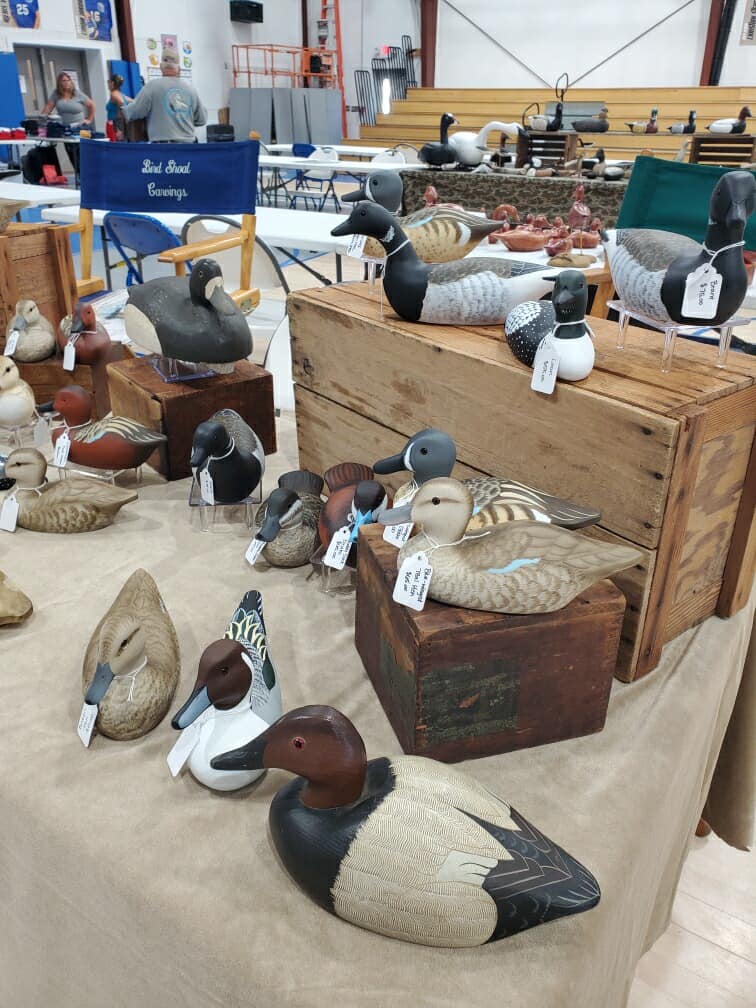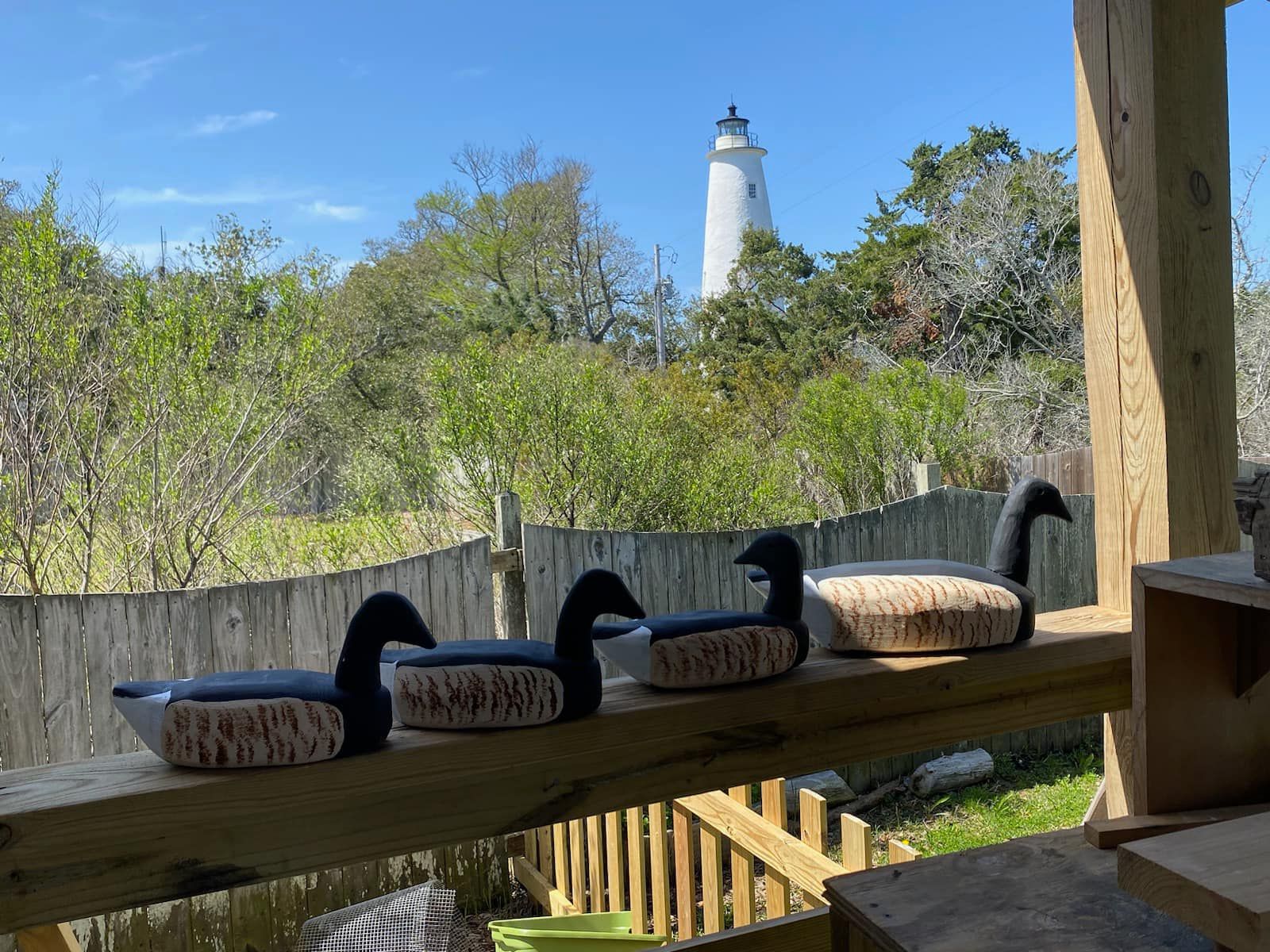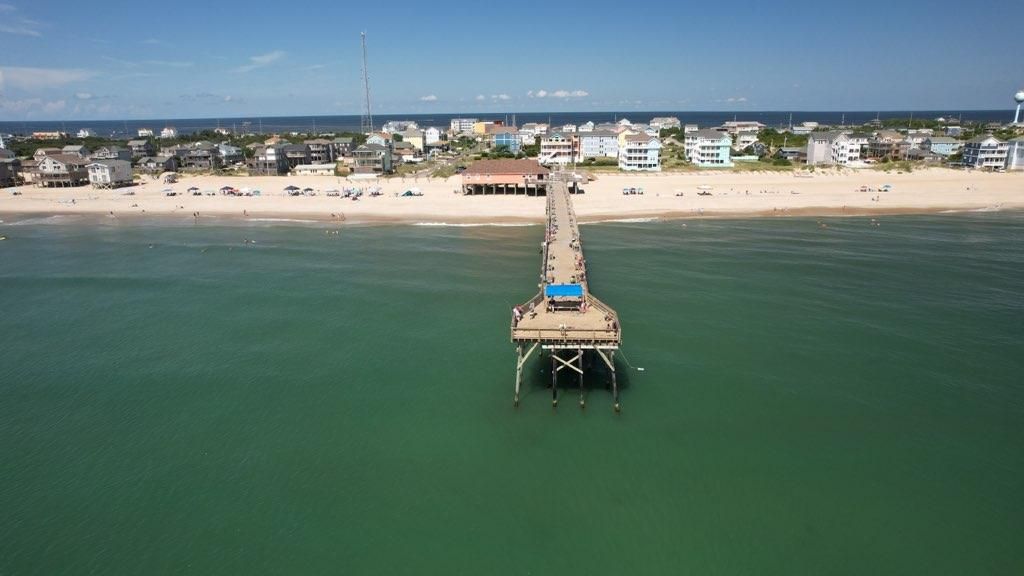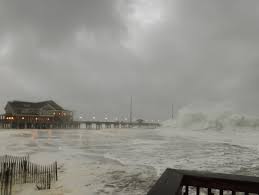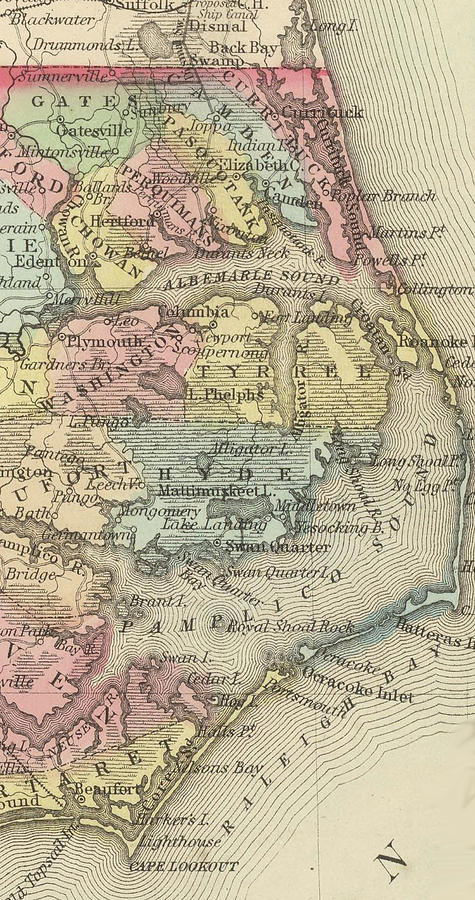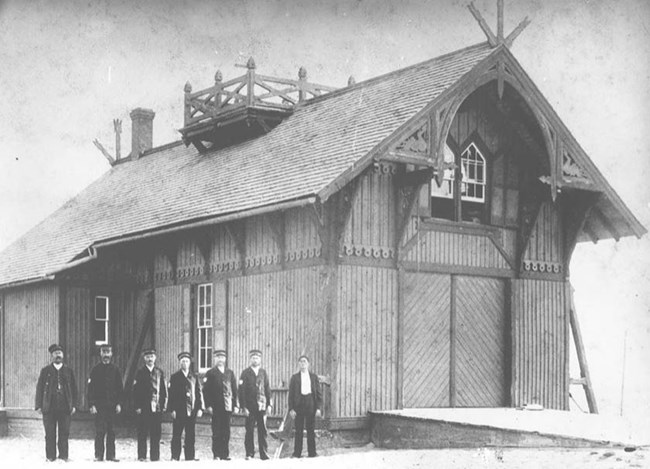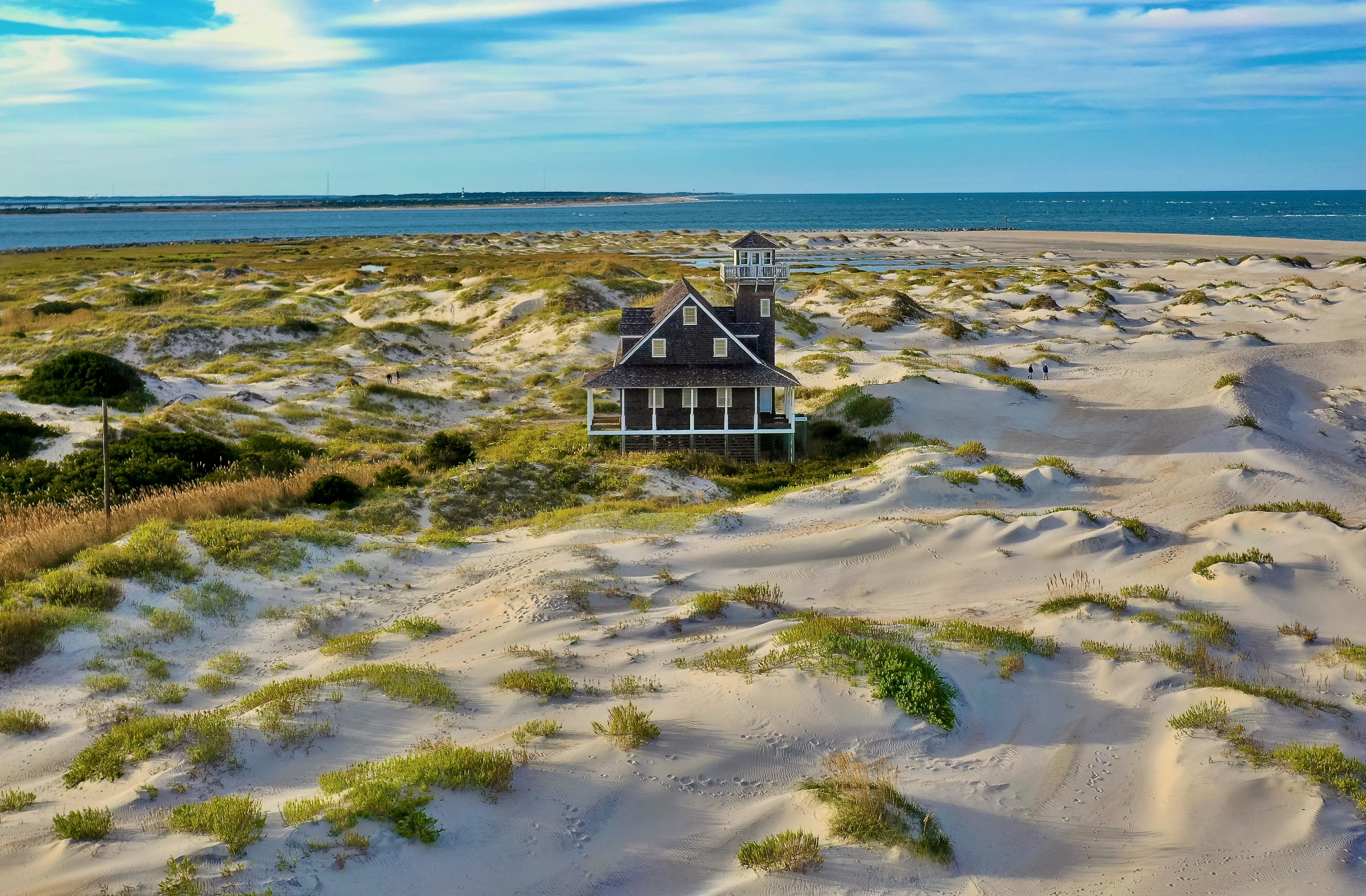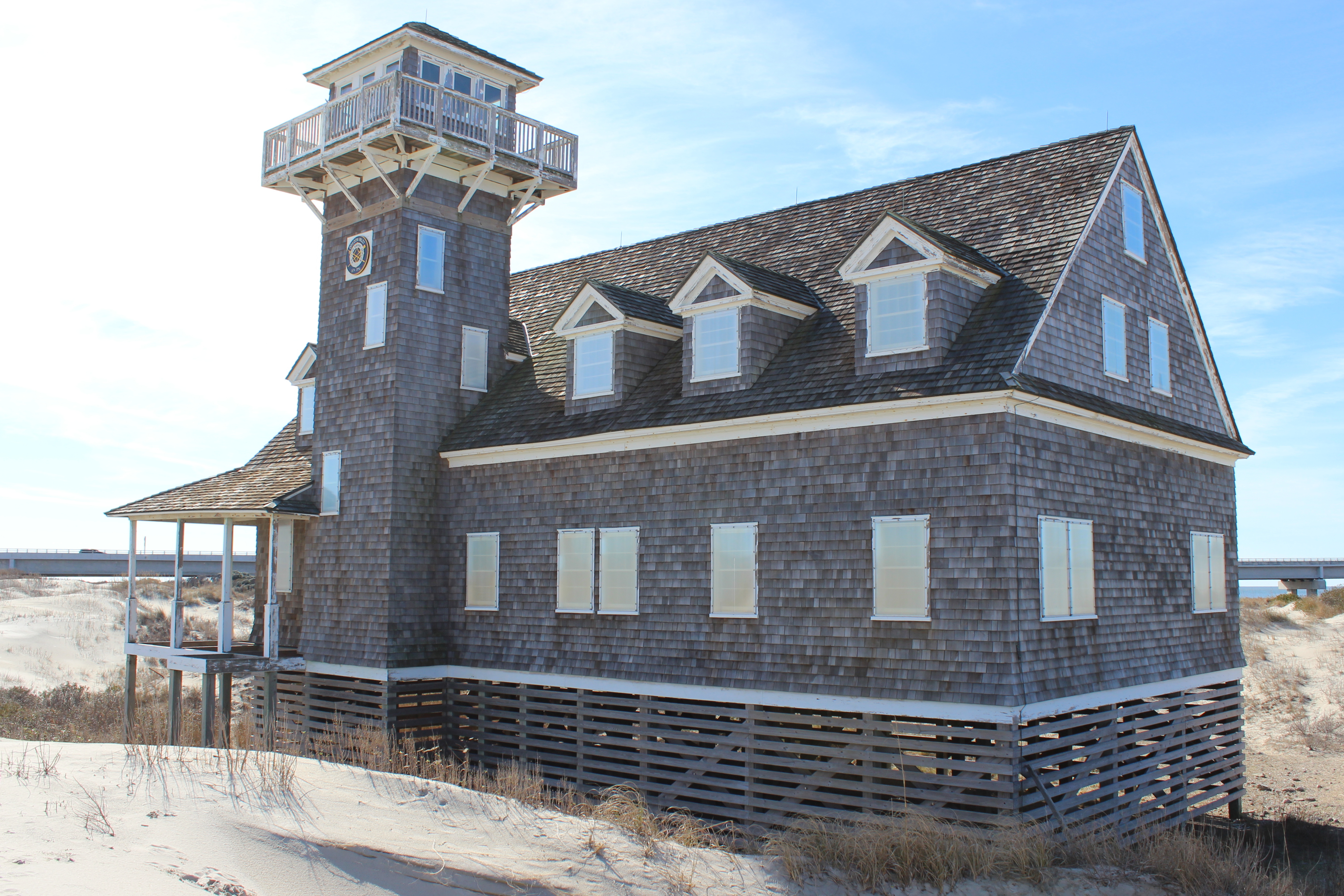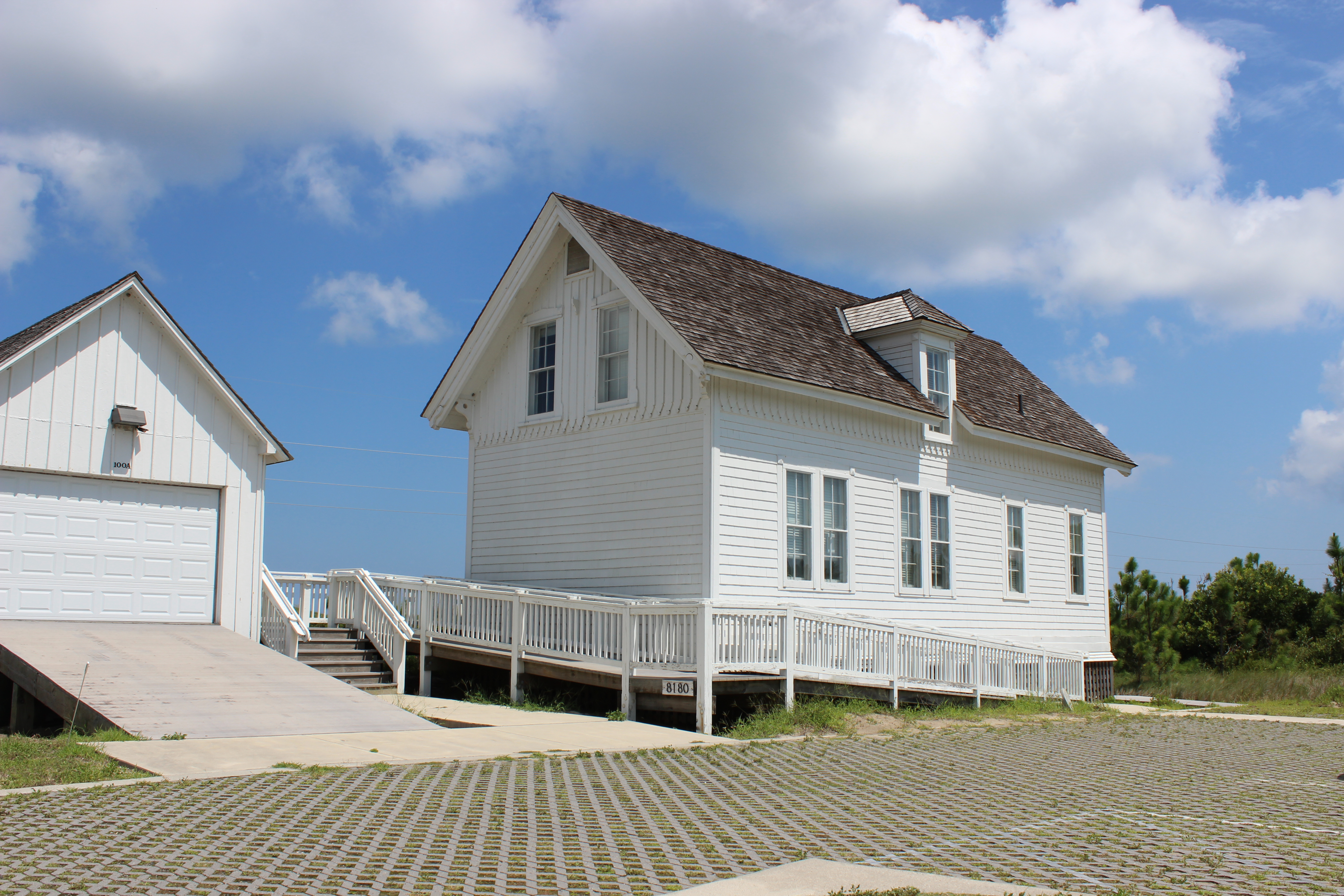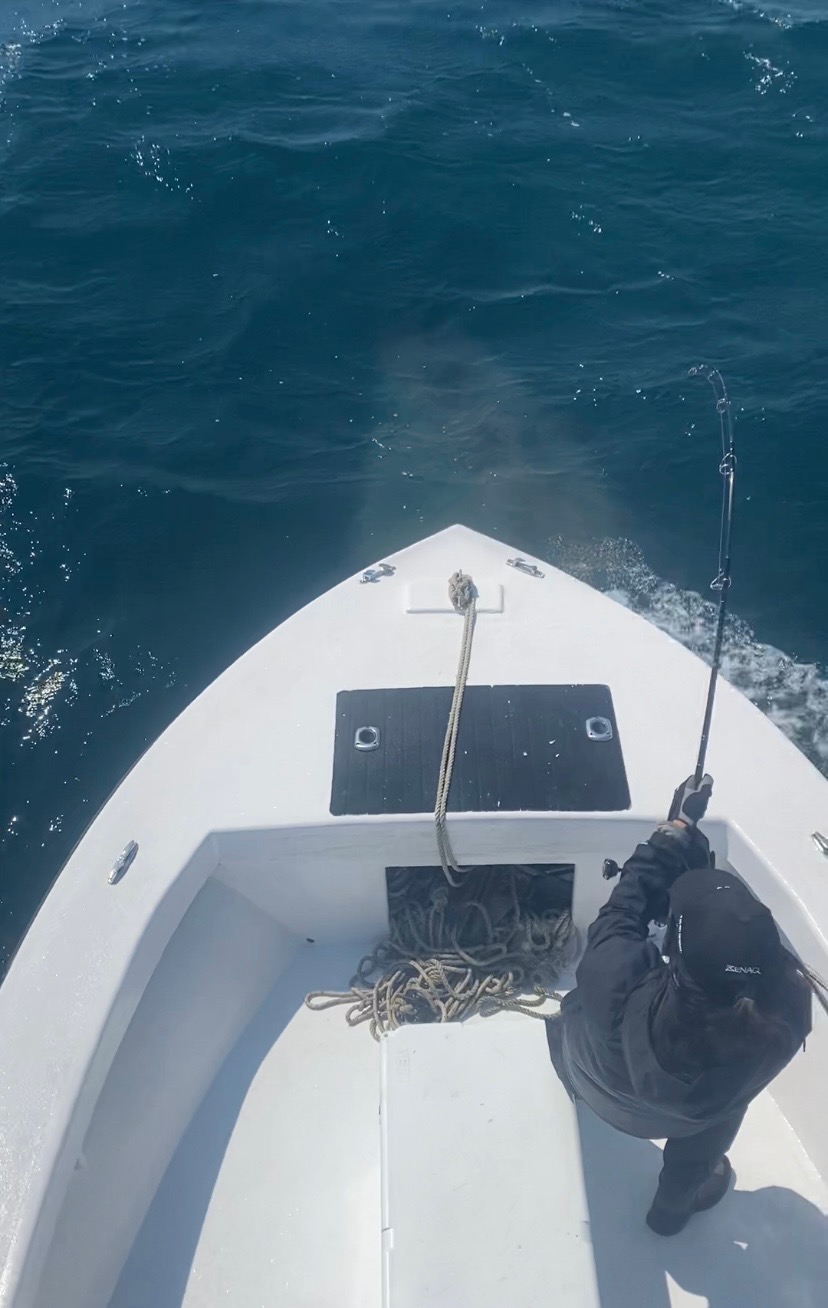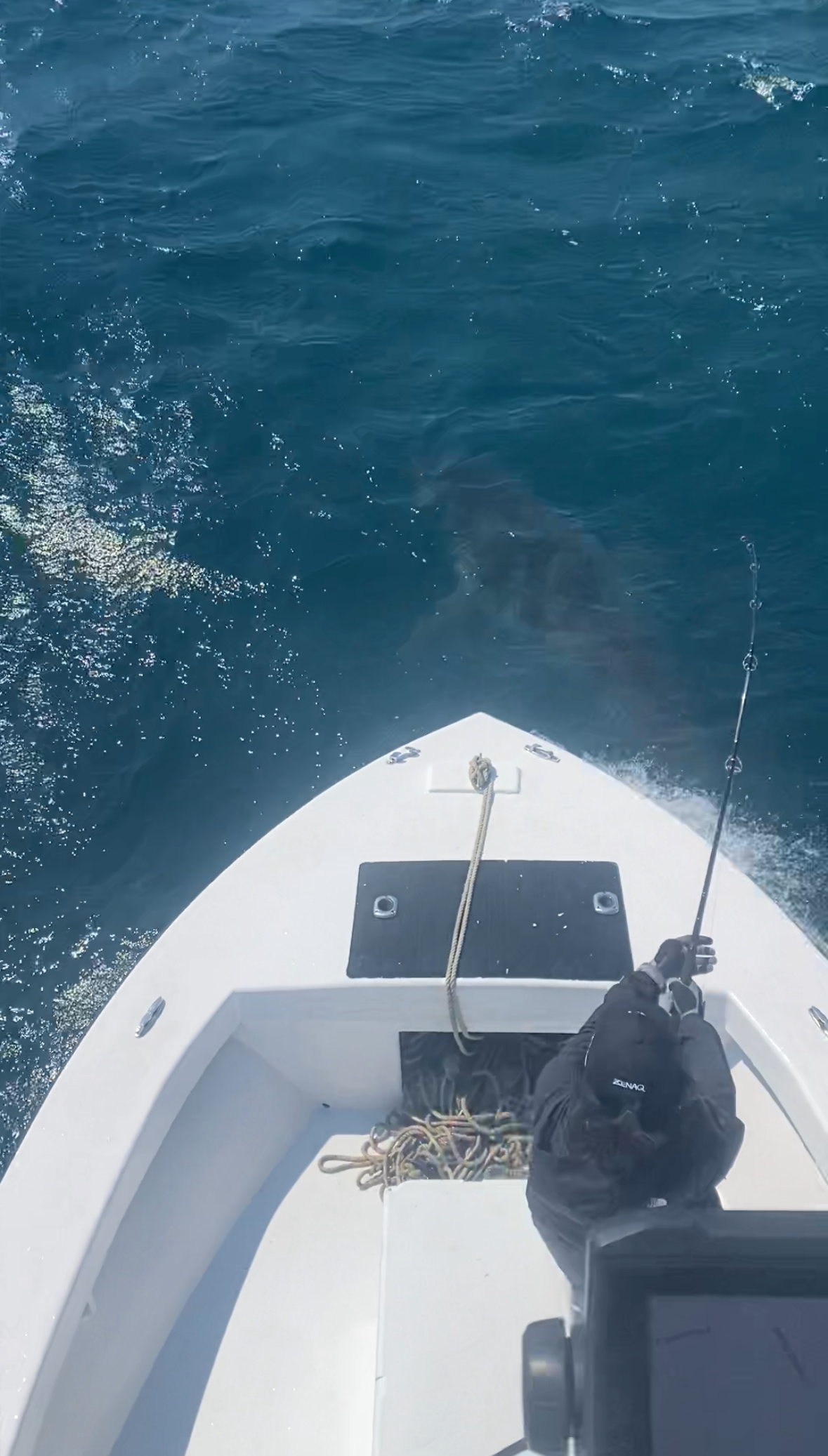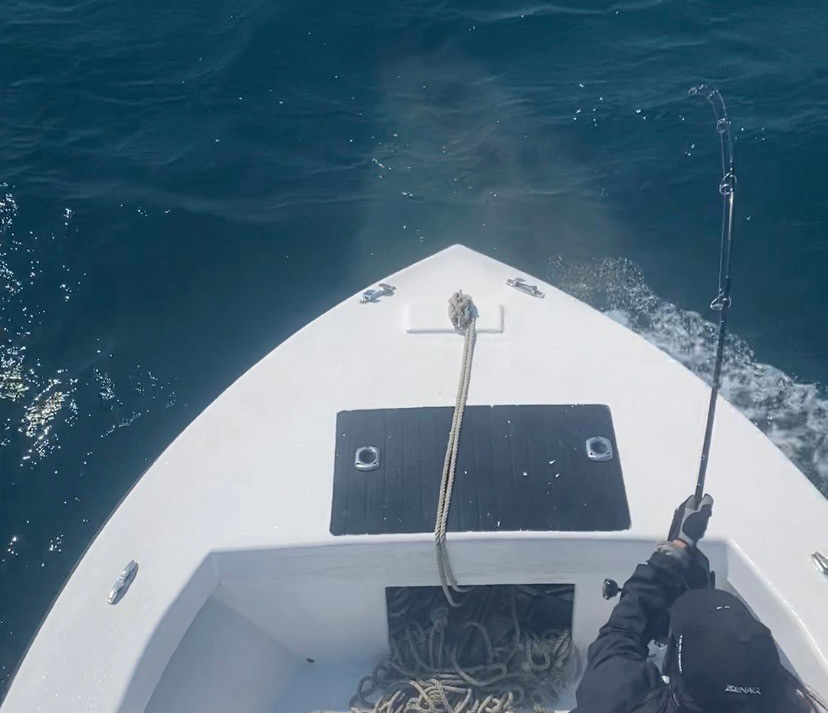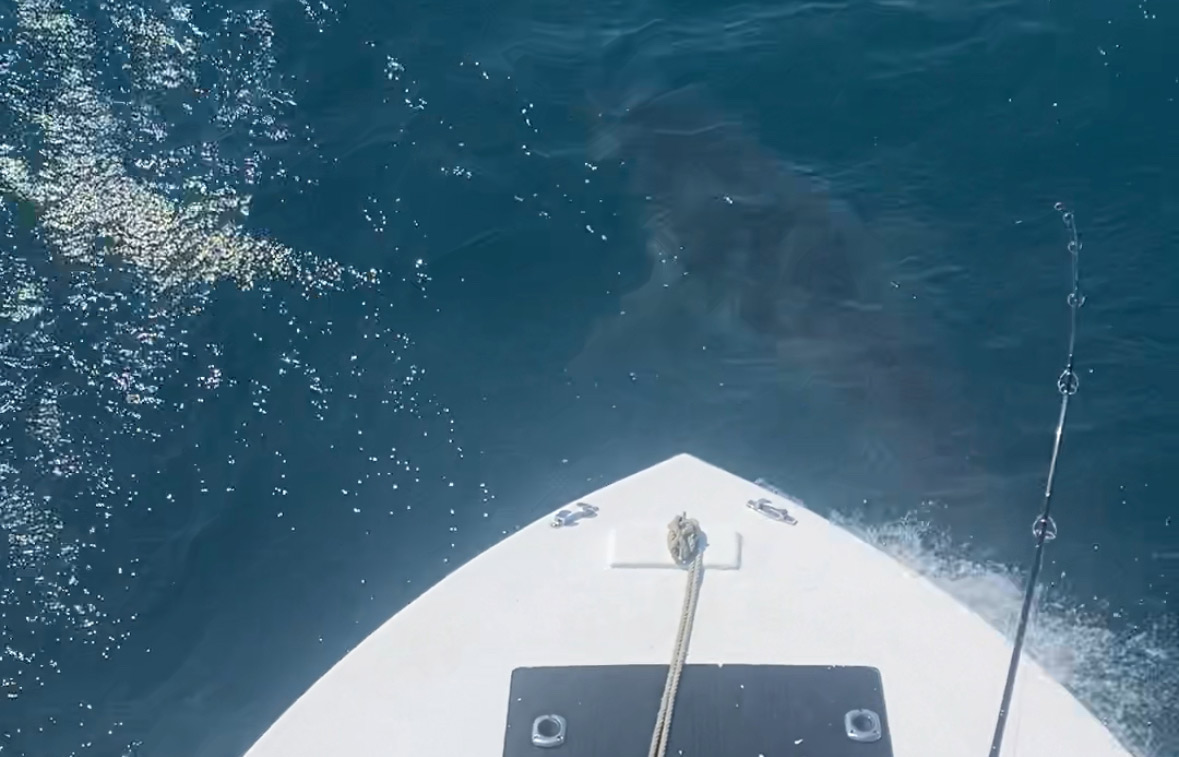Ocracoke’s Christmas Bird Count ties record for number of species
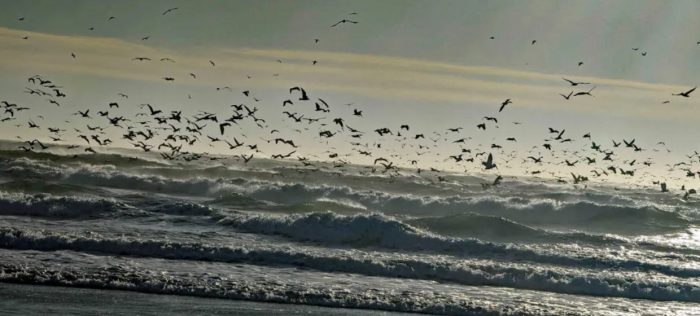
There is always a bit of excited anticipation for birders who participate in a Christmas Bird Count.
Some consider it their “Super Bowl,” a highlight to end the year of many hours spent in the field searching for and identifying bird species and, with these 24-hour events, also counting the number of each individual species.
The Ocracoke Christmas Bird Count (CBC) is one of 63 counts in North Carolina and is paired with the Portsmouth Island count with many participating in both. They take place on the last two days of the year. This year the Portsmouth CBC, which began in 1988, was canceled due to a lack of transportation from Ocracoke.
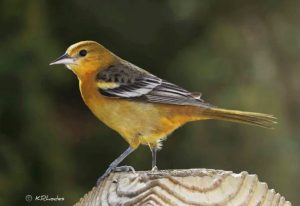
This bird counting tradition that began modestly in 1900 is now a worldwide effort coordinated by the National Audubon Society to encourage people of all ages and skill levels to engage in birdwatching and contribute to citizen science. The results track bird populations and can help develop conservation strategies.
On Ocracoke Island, approximately 30 observers braved the seasonal December chill temperatures Dec. 30 that ranged from the low 40s to upper 50s with light winds and sunny skies. Small teams spread out scouring the various habitats around the island: the village, Springer’s Point, the South Point, beaches, dunes, and the sound-side marshes. Their diligence, tenacity and well-honed identification skills produced a remarkable result with 102 tallied species.
Beginning in 1982, the Ocracoke CBC has run every year since, including post Hurricane Dorian and COVID-19 albeit with fewer participants in those years.
Many variables impact the number of birds reported year-to-year, which is why long-term counts are important. Weather is an important one. Heavy rain, high winds and fog negatively impact some of these counts as birds will tend to hunker down. The number of field observers can also be a crucial factor.
“I wasn’t quite sure what to expect, this being my first CBC, and a novice birder at best,” said Monica C. Corcoran, a new island resident. “But my mom, Helenmarie Corcoran, and I had an unforgettable experience with our highly skilled birding team (Matt Janson, Peter Vankevich and Tom Schettino) who graciously shared their knowledge. So much so that I can now identify multiple bird species at my home in Oyster Creek.”
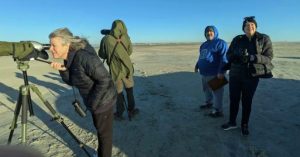
During the days leading up to the count there were some bleak predictions that this would be a low count. Informal beach driving surveys of shorebirds were low with just a handful of Sanderlings, Black-bellied Plovers and Willets — the most common wintering shorebirds on the island. But heavy rain accompanied by thunder and lightning during the pitch-dark early morning hours and SSW winds during the night may have been the reason that many shorebirds were present on count day.
Their numbers were impressive with 448 Willets, 486 Sanderlings and 79 Black-bellied Plovers. Not present on Ocracoke — but which were present on Big Foot Island, which is within the count area — were six Ruddy Turnstones.
Brown Pelicans were ubiquitous all day at 1,959 individuals. Offshore, 497 Northern Gannets were counted.
The Outer Banks has some of the world’s highest concentrations of Double-crested Cormorants who arrive in mid-fall and remain into early winter when menhaden are spawning. The count number, 23,100 cormorants, was the best estimate, although that was probably far lower than the numbers of these birds on and around the island that day.
Out of this vast number, a single Great Cormorant, a somewhat rare bird for North Carolina that winters in the North, was observed perched on a piling near the Hatteras Inlet ferry dock.
This year’s count also saw the first-ever sightings of Baltimore Orioles: three at a feeder in the village, contributing to an impressive cumulative total of 180 species recorded on Ocracoke since the count’s inception 42 years ago.
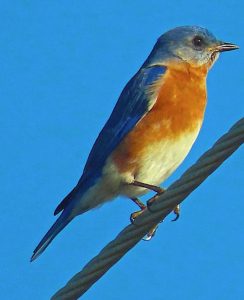
Some of the unusual birds for this count were Caspian Tern (2), Blue-headed Vireo (2), Prairie Warbler (1) and Eastern Bluebird (3).
The Ocracoke count has a bit of fame by having seen two Snowy Owls side-by-side on the 2013 count, a rare bird for North Carolina. A Snowy Owl was seen daily on the island again this winter for about two weeks but was not seen for more than a week before count and has not been seen since.
Thirteen species of ducks and 91 Canada Geese were counted. Most, if not all the geese, are year-round residents.
But the cormorants were not the only high counts. Arriving in the fall and departing by March are Yellow-rumped warblers, also known by their subspecies name, Myrtle Warblers. These are the small, streaked birds with a distinctive bright yellow patch on the lower back and a vocal chip note frequently seen flittering around the village.
Unlike most warbler species whose primary food source are bugs and insects, these birds that nest in the upper United States and much of Canada’s boreal forests have adapted to also feed on a variety of berries, particularly those that are high in fat and energy. Ocracoke is an ideal place to spend the winter as some of their favorites are island specialties of bayberries, wax myrtles, and juniper berries. The combined teams reported 2,839 individuals.
In the village, a total of 11 Ruby throated hummingbirds were seen at specialized feeders in four yards
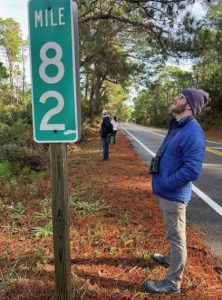
Many count participants return year after year for the fellowship and the beauty of the island in winter.
“There are more than birds to see on an Ocracoke CBC,” said Haven Wiley, professor emeritus, UNC-Chapel Hill. “After several days of stiff southeasterly winds, on the morning of the count the surf along the beach was magnificent. A northwesterly wind that morning blew the tops backwards off the combers, and the morning sun turned the flying spray into showers of diamonds!”
A tradition for the Ocracoke count is to have an evening rally party at the compiler’s house that is noted for its vegetarian chili, key lime pie and other potluck delights. After feasting and socializing, it was time to get down to business.
The tallying had some similarities to election nights. The compiler calls the name of each possible species in taxonomic order and a team member of each group says the number they observed.
As the count progressed, there was excitement that the count would reach 100 hundred species. But with the last bird added, House Sparrow, there were 97 species, still a very impressive number.
But it was not over. One of those present later that night sent a text message that around 11 p.m. a Great Horned Owl was calling, adding another. The next morning reports submitted by other observers bumped the number to the 102-mark, tying the record for this count set in 2004 and only the third time the count has recorded 100-plus species. In 2008 there were 101 species.
Most of the CBC numbers for the island run in the 85-92 species reported. Last year’s count was 89 species.
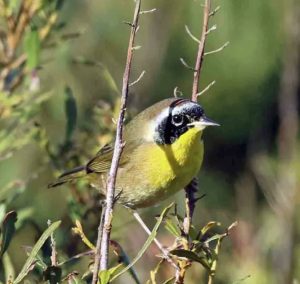
Unofficially, a total of 32,370 individual birds were counted with the vast majority being the Double-crested Cormorants (23,100).
CBC rules allow count-week birds to be noted separately. These are birds not observed on the count day but were within three days of the count date. An additional eight species will be part of the official report: Surf Scoter, Purple Sandpiper, American Oystercatcher, Yellow-bellied Sapsucker, Downy Woodpecker, Brown Creeper, Golden-crowned Kinglet, Ovenbird, Black-and-White Warbler.
“I’ve been wanting to participate for years but never took the time. I’m so glad I did,” said Sarah Hassett, a certified clinical mental health counselor from Denver, NC, and a frequent visitor to the island. “I saw bird species that I had never seen and learned a lot from the group. Ocracoke is such a wonderful place for birding due to the migratory species that pass through in the winter. I really enjoyed it, and I’ve blocked off my calendar for next year.”
Unofficial Results of the 2025 Ocracoke Christmas Bird Count
